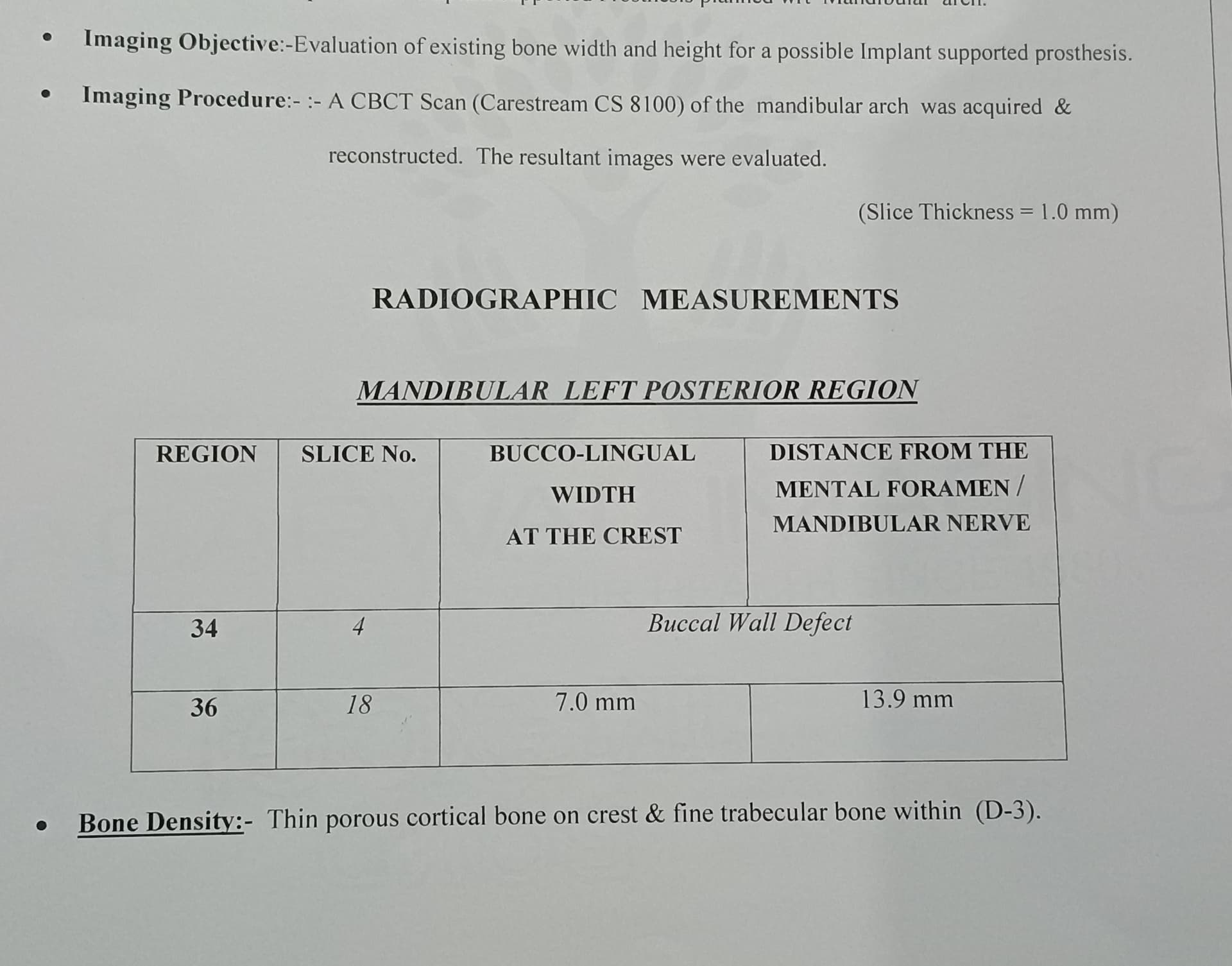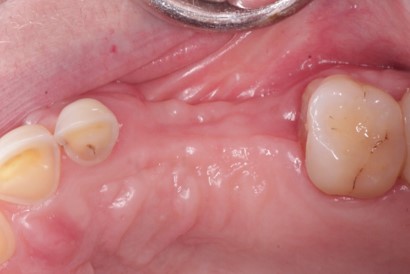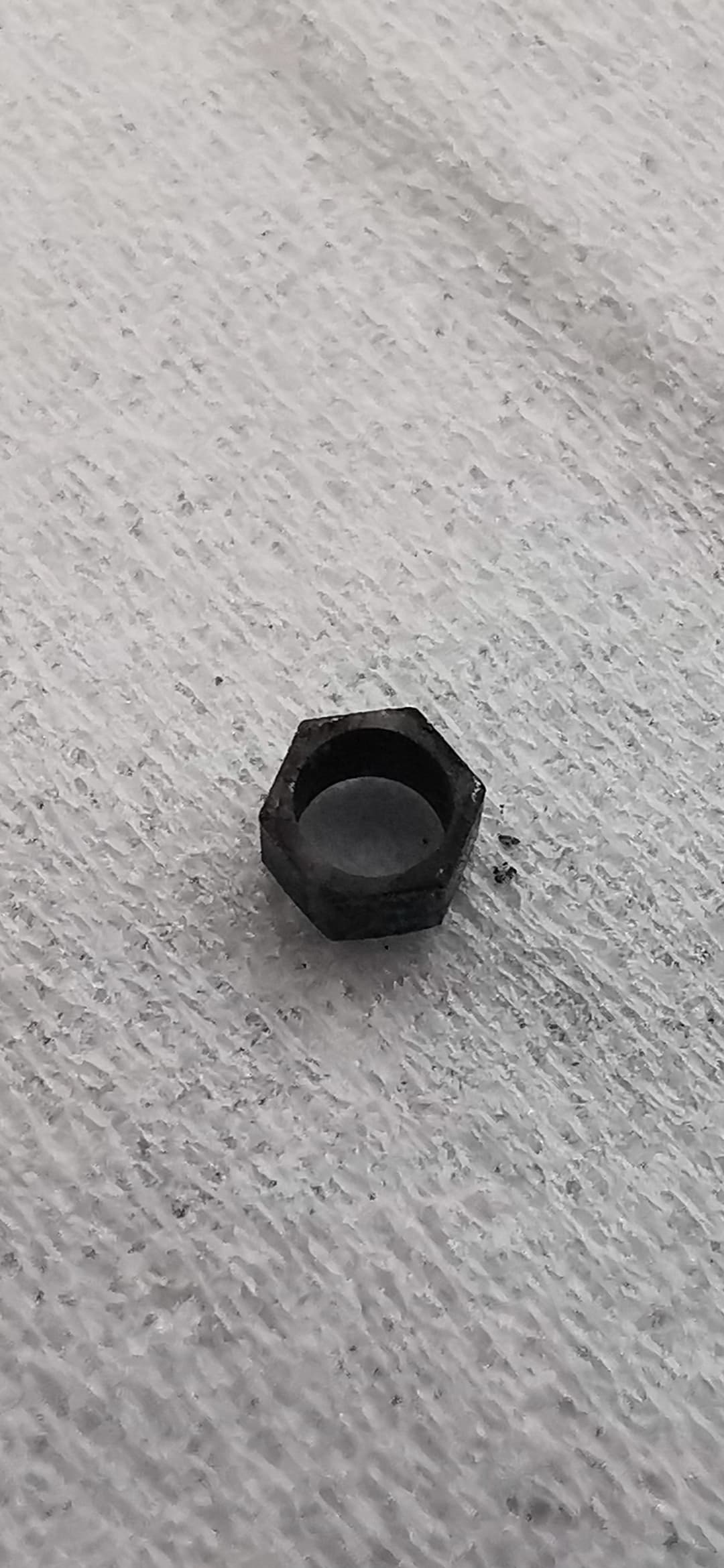Mandibular Posterior Flap Design: Any Advice?
Dr. N. asks:
I have had good success in the maxillary posterior areas with laying flaps that are passively retained over ridge areas where I have done bone augmentation. My technique is to do a full thickness flap and then to split the flap to allow release of tension so I can get tension free apposition of the flap segments. In the posterior mandible I have not been able to do this and as a result, my flaps have not been passively retained and have not provided complete coverage of the graft for the period needed. Could you please give me some advice on how to accomplish this?
11 Comments on Mandibular Posterior Flap Design: Any Advice?
New comments are currently closed for this post.
Dr. B
1/3/2012
I actually find the posterior mandible relatively easy to release because the tissue is generally thick enough to be able to release it without perforating. Try to avoid verticals as much as possible but if you need it do it. Release the periosteum using a #15 blade. Even better, use sharp scissors for blunt dissection. In addition, reflect the lingual flap as apically and mesially as possible, place a 2 by 2 gauze inside the lingual flap before reflecting as to not injure any vital structures. Works every time.
Dr Chan
1/3/2012
I know what you mean. That's why I like patients with deep buccal sulcus with plenty of buccal tissue to manipulate. I release the periosteum by scoring the surface with a new/ sharp #15 blade to feel the 'release' at the beginning of the procedure before implant placement. Blunt blade is useless. By the time you come to the suturing, the bleeding would have stopped and visibility is good. With deep buccal sulcus, you can score more lines.
Dr. B
1/3/2012
Sorry I meant posterior maxilla, not mandible. I also agree with Dr. Chan that the deeper the vestibule, the easier it will be. If it's too shallow, consider a free gingival graft prior to your graft.
Carlos Boudet, DDS
1/3/2012
Unless your graft size increases the volume of the bone a lot, a careful release of the periosteum with a sharp scalpel should be all you need. In my hands, and to gently release the periosteum I find that a sharp scalpel works better than scissors.
Good luck!
SG
1/3/2012
I would also add that suturing is critical. First use horizontal mattress sutures several mm apical to the flap margins for flap stability, and finish with single interrupted sutures along the incision line. I prefer to use Gore Tex sutures (even though they are a bit more pricey than other materials) as they are very easy to use, the needle stays sharp all through the suturing (so you will minimize chances of soft tissue tears), and they are less irritating to the soft tissue than many other materials. Of course you need to have proper flap release which is best accomplished with periosteal releasing as the previous posters have suggested.
Baker vinci
1/4/2012
The posterior mandible is a "different beast", than any other area in the mouth. How many spontaneous sequstrums have you seen in this area, even in the patient that has never had surgery? This occurs because the oxygen tension and flap nutrient supply is so poor. The standard of care, for management of such, is to decorticate and let the mucosa heal secondarily. This is applicable to your question. In my opinion , an attempt to split your flap in this area is futile. Vestibular incisions work well in some cases and obviously there are exceptions to this suggestion. The "bottom line is" that there are severe limitations, when it comes to reconstructing this area, hence the advent if the microvascular flaps. This is another reason we concede to the first molar occlusion model, at times. When you do advance the lingual flap, just stay subperiosteal and the lingual branch of v3 will be fine. Bv
Baker vinci
1/4/2012
This is directed at the neophyte only, because I am, hopefully certain, that this is obvious to most. Do not score the linqual periosteum . Bv
Marcia Pisani DDS, MS (Im
1/4/2012
1.If you are using the same side as donor site give a long crestal incision to get to the appropriate area to remove the block of bone close to the angle after the area of the third molar going forward.
2.Make a small vertical vestibular incision, raise a clean flap and at the area of the angle just to improve the visibility and avoid demand of the periosteum when cutting the block (especially working at the height of the block) when you need to go deeper. Don’t release the tissue of the area distal to the small vertical vestibular incision. Be sure that the periosteum is well attached at that area. You will need to stabilize the flap after removing the block.
3.Avoid cutting an area of soft tissue posterior to the # of the third molar; contour it if you need to go more posterior when given the already cited small vertical vestibular distal incision. Why? It is painful during the healing, it is too soft bc is fat and the mobility/thickness make the suture complicated and ugly).
4.Measure the size of the block you need and cut it off, be careful with the flap during of the procedure. Avoid use bone wax (delay the healing) but do it if necessary or fill with particulate graft material to stop bleeding if it is happening or if you want.
5.Prepare the area to receive the donor bone, shape the graft and make sure is stable using at least two screws, fill the margins with Bio Oss or other particulate bone substitute.
6.Check the amount of tissue missing to get primary closure. Raise the tip of the lingual crestal flap to be able to give a well done horizontal mattress suture. Thinner it; if there is large amount of tissue or very attached gingiva (not very usual to happen, but good to know in case if u need).
7.The vestibular flap should be released till the height of the block. Don’t release all the vestibular area because you can use a periosteum suture to stabilize the flap apically.
8.Give a vertical incision mesial to the block. Go till reach the mucosa (be careful with the nerve if working close to the mental foramen. In this case visualize it.
9.Test again the flexibility of the flap and how much tissue u still need to get primary closure without pressing the area but with enough stability to not get post- op opening and exposure of the graft.
10.Get a new sharp 15 C blade and start a periosteum incision at the apical tip of the vertical vestibular incision in the mucosa area. Continue testing the flexibility of the flap. Go deeper at that periosteum incision if you need more tissue to close. This area is thick and the risk of perforation is small (there are some exceptions) If the incision is closure to the graft, keep the periosteum incision very close and so you will be able to stabilize easily the flap apically. Actually you are dividing the flap, if there is height at the crest, it makes the surgery much easier, and otherwise you will divide the tissue of the cheek (invert). But you are still able to stabilize the flap using the periosteum of the vertical incisions.
11.When the closure is reached without pressure, make sutures at the verticals (mesial and distal) with horizontal mattress suture. Give more at the incision line. When suturing, keep the needle perpendicular to the incision and don’t t give a large bite and keep the bites close. The horizontal mattress suture promotes flap edge eversion and prevents the tip of the flap from tearing. I like 4-0 Vicryl to the incision line and 5-0 to the vertical incisions. But any kind of suture material will work well if you have a good suture technique.
12.Suturing the vertical incisions, stabilize the flap allowing no tension, but also no mobility by suturing the periosteum of the areas where the flap was not raised. I prefer vertical mattress suture or individual suture. The elasticity of the mucosa will make this suture easy. If it is possible, give two small periosteum sutures at the base of the flap to be sure that the flap will keep no pressure, and also, no movement (just pull the lips and cheeks to test the stability).
Sorry, if I couldnt help.
Baker vinci
1/4/2012
Ouch!!! Bv
Baker vinci
1/5/2012
By the way , the above is a description of the" pedicled block bone graft". Not certain, this is the place to learn that one. It is a vascularized graft, however. Don't think you can Doppler this one. Bv
Prof.A.Touleimat
3/29/2012
1- Tension free apposition of the flap segments is the most impotant matter in the healing process of the flap. .I have had good success in the maxillary posterior areas with laying flaps that are passively retained over ridge areas where I have done bone augmentation. My technique is no need to split the flap unles a real tension is clear.
I have had good success in the maxillary posterior areas with laying flaps that are passively retained over ridge areas where I have done bone augmentation. My technique is to do a full thickness flap and then to split
the flap to allow release of tension so I can get tension free apposition of the flap segments. In the posterior mandible I have not been able to do this and as a result, my flaps have not been passively retained and have not provided complete coverage of the graft for the period needed.I would also add that suturing is not that much critical. preparing the flap to be sutable where it is belong is the most important reason for the success of the flap.


















